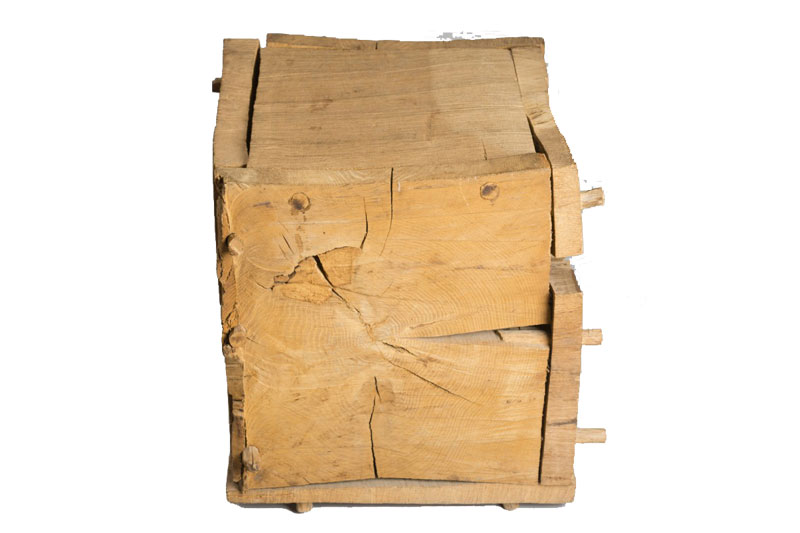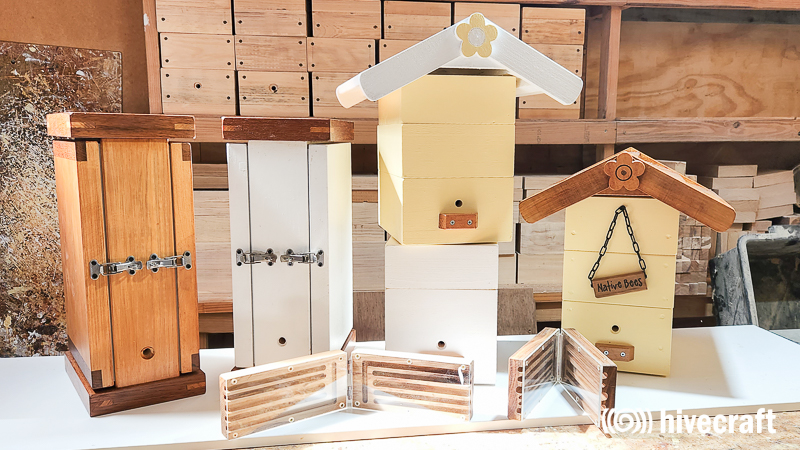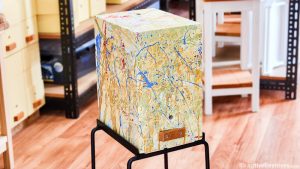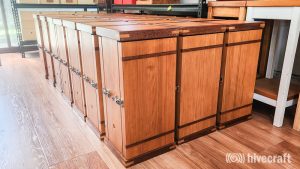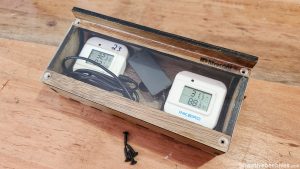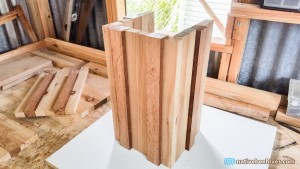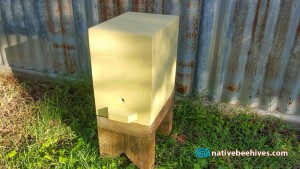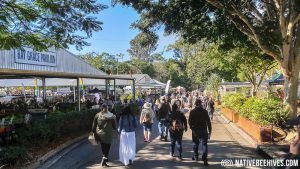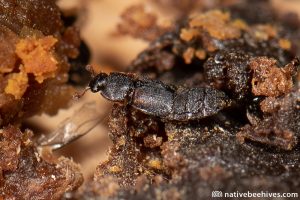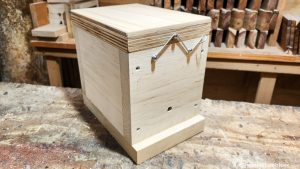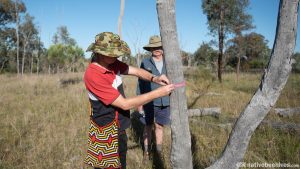Image: Cracking Box. Art by David Nash https://artuk.org/discover/artworks/cracking-box-259130
There is no industry standard when it comes to native bee boxes and design is a can of worms…
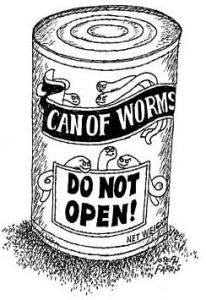
There’s lots of people making and selling native bee boxes, registered businesses and hobbyists with a wide range of designs and build quality and I make no claims here about making perfect boxes.
The most common design is the OATH (Original Australian Trigona Hive) and many people just make their boxes to suit those measurements. Some makers use 10mm plywood with a foam cover on top and some use 50mm hardwood and both have great success. I have many shapes and sizes in my hive design gallery and all work.
Some would like to see a standard introduced but there’s no clear way to do that and with so many different makers and designs, it might be impossible to ever come to an agreement on a standard design. That would be like trying to herd cats.
Some say a standard design would limit new development.
As far as I’m aware, there is currently no research or data on box design performance. I have some basic tests in the Testing Section of this website, though much more detailed research would need to be done monitoring live colonies over years
Box quality standard – Buyer beware
This could be the biggest issue in the community/industry. Build quality can be poor on some cheap boxes we see for sale on Facebook and Gumtree. There’s no way to police that either. The main issue here is for new people that don’t know anything about native bee boxes purchasing a box because they’re cheap, and six or twelve months later find their box falling apart or big gaps opening up, and the seller has changed their name and now selling car parts.
If you think the box looks pretty rough with gaps everywhere then avoid that seller.
Bees needs…
Maybe the only things that can be recommended is what the bees require.
- A well built box that should stay in a similar condition for 5, hopefully twenty years
- Ideal volume for the species you intend to use it for
- Ideal insulation for the species and your own location
- No gaps in the woodworking joints – to help prevent pests and water ingress
- No, or minimal gaps in mating surfaces where the layers sit together – to help prevent pests and water ingress
It’s also the responsibility of the owner to maintain the box/hive. It’s not exactly a “set and forget” hobby.
All boxes need a good roof!
Always put a roof on your hive box to help keep the intense heat off and not allow water to run down the sides of the box where it may enter gaps and flood the hive or cause rot.
